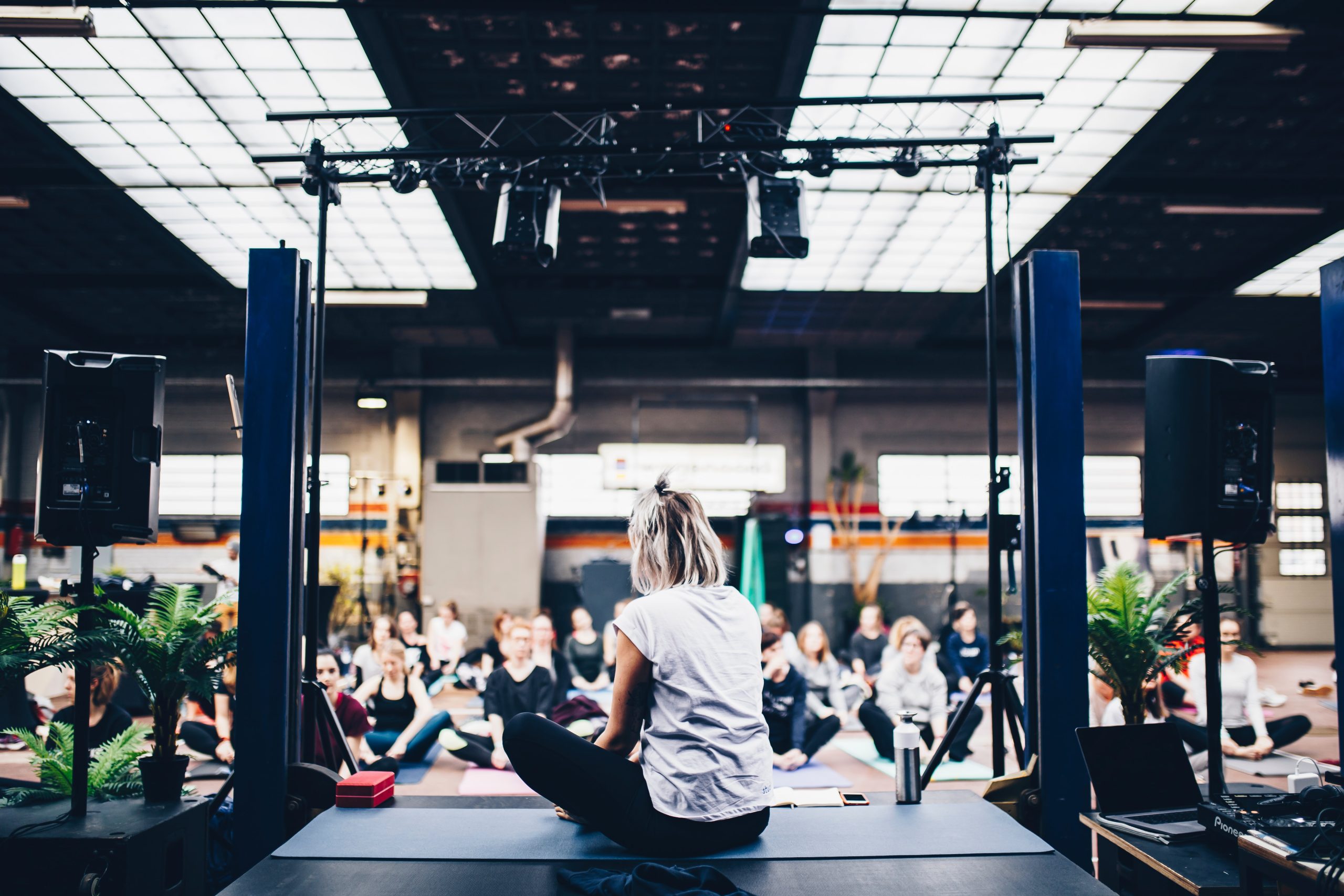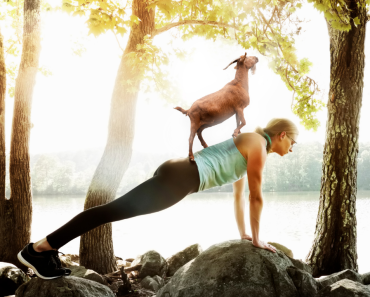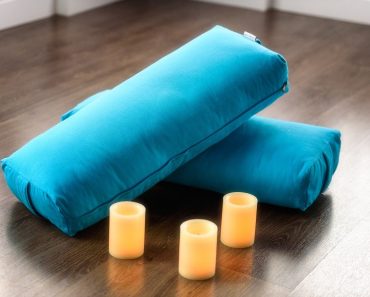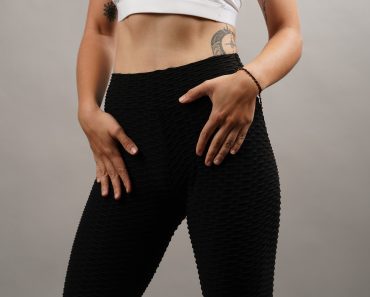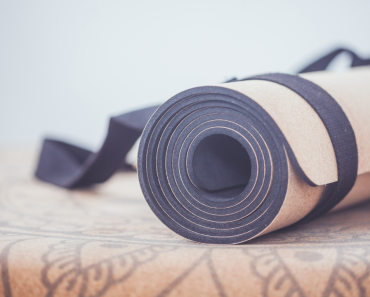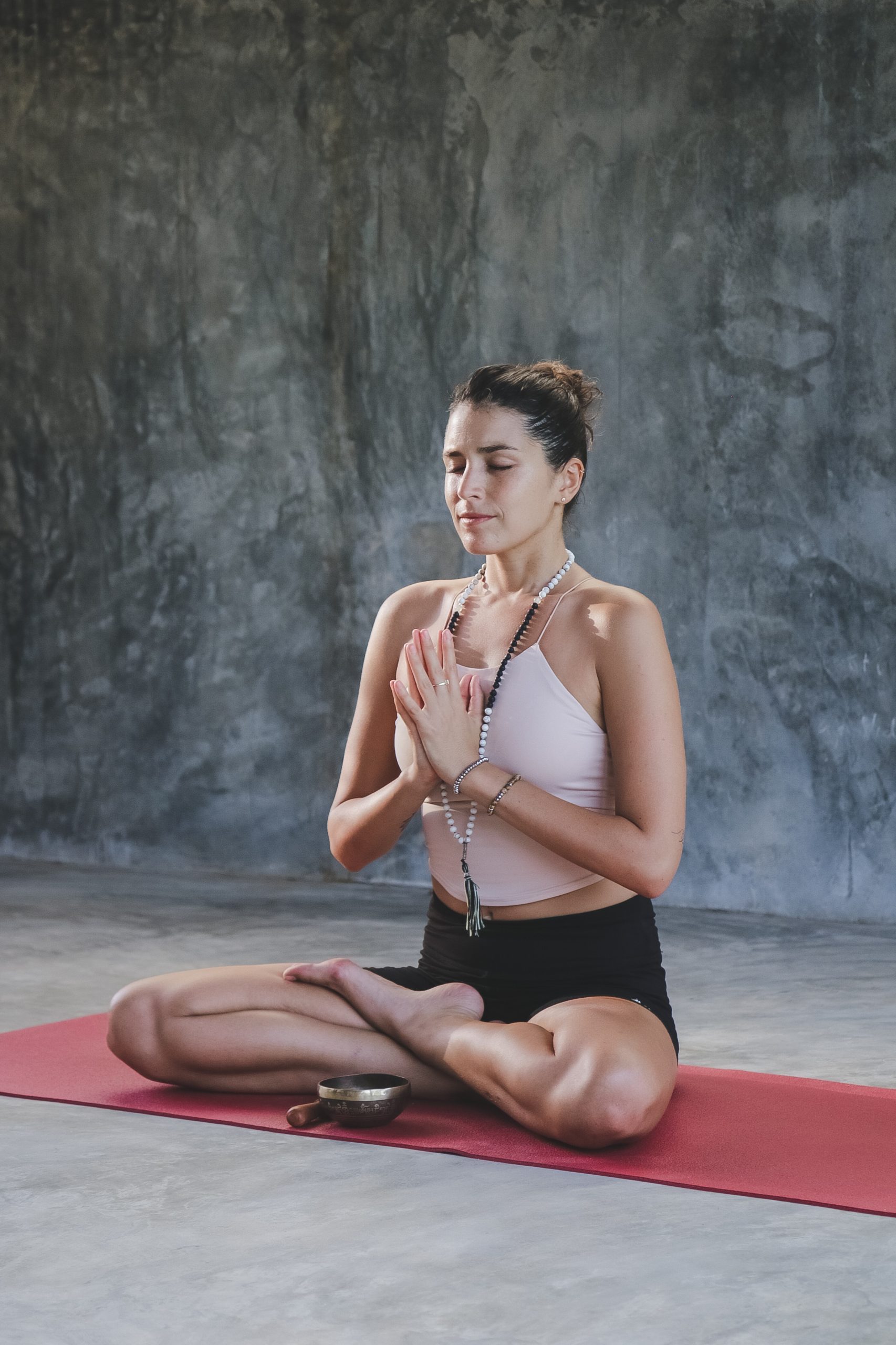Many people around the world are discovering the benefits of Pilates. A form of low-impact exercise, it is renowned for its ability to build lean muscle, physical stamina, and greater flexibility. There are many different machines that are used to help in these workouts, but perhaps the most popular is the classic Pilates Reformer.
Pilates Reformer – A Pilates Reformer is the perfect machine for building lean muscle and improving flexibility.
The Reformer is an elegantly designed machine that is ideally suited to creating a lean body and a strong core. Originally invented right after World War I, this machine has become a favourite of everyone from dancers and movie stars to physical therapists and trainers. One of the first machines to incorporate the idea of active resistance, it is largely considered to be the forefather of many of today’s most high-tech exercise machines. Its design was quite revolutionary at the time, so much so that even today it is one of the most popular machines at commercial gyms across the country.
Springs are the primary resistance providers on the Pilates Reformer. Bedsprings from World War I era hospital beds were the original inspiration for the idea, as Joseph Pilates (the inventor of the Pilates system) would use them to help rehabilitate injured prisoners of war.
Today’s Reformers use a series of springs, usually colour-coded according to the amount of resistance that particular spring is capable of providing. In most cases, green springs are those with the least amount of resistance while red provides the highest amount. Blue and yellow springs make up the in-between resistance levels. The varying combinations that are possible allow a wide range of levels to be achieved.
The Reformer is made up of several basic parts:
- The main part on which the body rests is called the carriage. The carriage is set atop a pair of rails that allow it to move back and forth freely. Movement is created by either pushing against the foot bar, or by using your arms to pull straps down from the top side of the machine. As a person pushes or pulls, they do so against the resistance caused by whatever combination of springs is being used, thereby forcing the muscles to work harder.
- The headrest and shoulder blocks are also important pieces to a Reformer. The headrest is almost always adjustable and can be locked in either an upright or flat position. Which position to choose is largely a matter of personal preferences, but it is recommended that for any exercise which requires the feet to be pulled over the head, the headrest should be in the flat position to keep the neck from injury.
- Shoulder blocks are generally used for added support during leg and arm exercises.
The Pilates Reformer can be found in just about every commercial gym in Australia. However, many people find that being able to work out at home is much more convenient than having to go to the gym, and as such many Pilates enthusiasts are purchasing their own machines for home use.
Whichever way you choose to go, the results that come from using these machines are undeniable.

